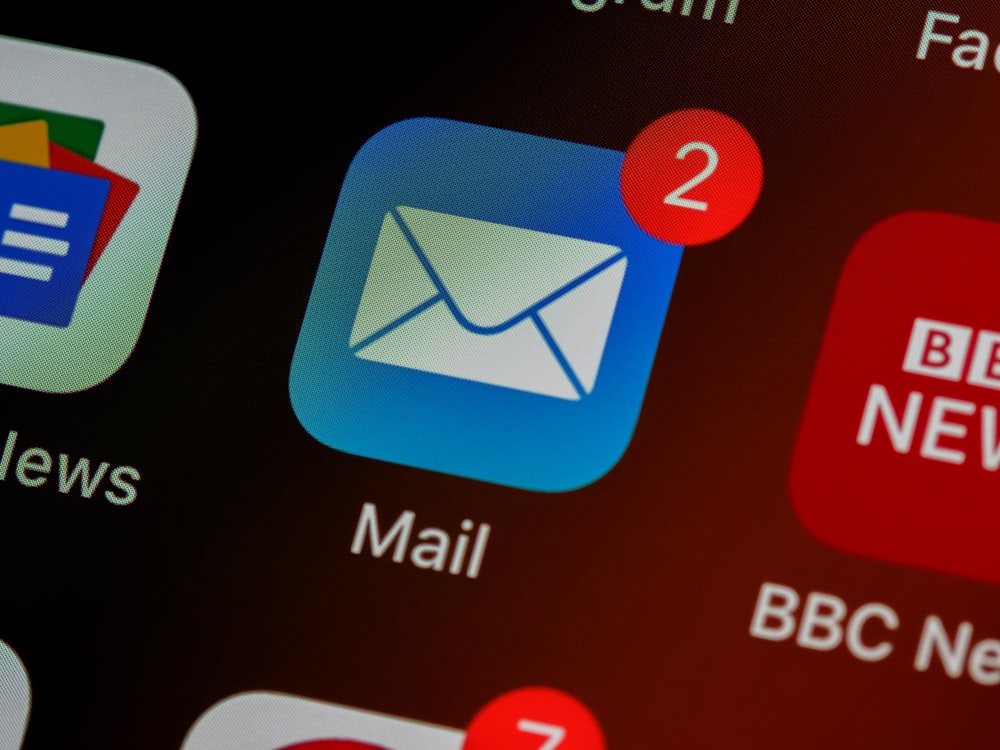HTML Email Development Guide: Tables, Clients, and Testing
Building robust HTML emails is different from building web pages. You’re targeting inconsistent clients with limited CSS support, and you must plan for images-off, dark mode, and quirks in Outlook. This guide summarizes a pragmatic approach to producing reliable HTML emails that render well across environments and load fast.
1) Layout with tables
Most clients still rely on table-based layout. Use nested tables sparingly and prefer a single-column structure. Set fixed widths (e.g., 600px wrapper) and use percentage widths for responsiveness where supported. Avoid absolute positioning.
2) CSS support
Inline critical styles for compatibility. Avoid floats, complex selectors, and advanced features like flexbox and grid (limited support). Favor simple typography, spacing, and background colors. Consider hybrid approaches (limited media queries) with adequate fallbacks.
3) Images and retina
Size images to display dimensions and compress aggressively. For retina, double the pixel dimensions and set HTML width/height to the display size. Always include alt text. Avoid background images where possible; many clients don’t support them consistently.
4) Buttons
Use bulletproof buttons (table-based buttons with inline styles) to ensure consistent rendering. Provide a text-link fallback. Keep labels short and descriptive, and ensure adequate contrast.
5) Dark mode
Expect color inversions in some clients. Test logos and iconography against dark backgrounds. Provide transparent assets and avoid hardcoded light text on light backgrounds that may invert poorly.
6) Testing matrix
Test on Gmail (web/mobile), Outlook (desktop/web), Apple Mail (desktop/mobile), and a few Android clients. Validate with images off and dark mode where available. Keep a short checklist and screenshots for each major release to catch regressions.
7) Performance
Keep HTML lean. Minimize nested tables, compress images, and reduce remote calls. Large emails clip in Gmail and load slowly on mobile networks. Fast emails are more likely to be read and clicked.
8) Accessibility
Use semantic headings where possible, alt text for images, and sufficient contrast. Ensure link text is meaningful out of context (“View the case study” not “Click here”).
Key takeaway
Reliable HTML emails come from conservative techniques: table layout, inline styles, bulletproof buttons, and rigorous cross-client testing. Keep it simple and your emails will render well almost everywhere.
Tooling
Use a local HTML preview, a preflight linter for inline styles, and a cross‑client testing service. Keep a minimal component library of table‑based blocks (header, hero, CTA, footer) to speed production.



